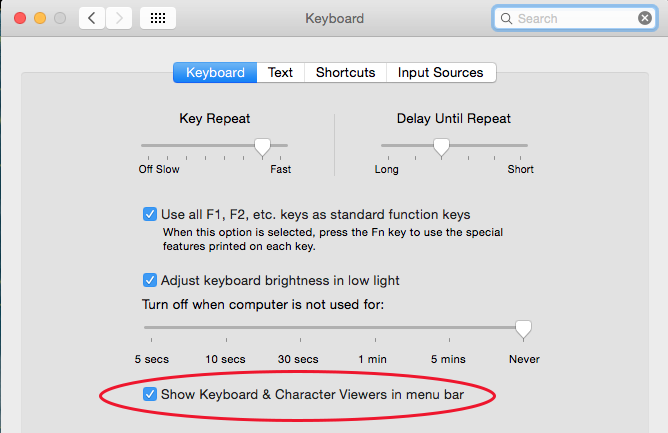


The radio buttons determine in which outline format the fonts will be exported. You basically need to make three decisions:

You are presented with this dialog sheet: Sure enough, to export the fonts you have set up in File > Font Info > Exports, you simply choose File > Export (Cmd-E) and pick the OTF option in the top row. Probably even less by the time you are reading this. As of this writing, not even 0.02% of web browsing may be done in browsers that necessitate these formats. Yes, it does not hurt to implement them, but hey. Internet Explorer has been replaced by Edge, and current versions of Edge are technically equivalent to Chrome. Internet Explorer versions 9 (released in 2011) and later support WOFF. Long answer: It has been long deprecated, it only used to work in the Windows version of a browser called ‘Internet Explorer’, was only necessary for its versions 6 through 8 (current combined market share below 0.09%, and those may be measuring inaccuracies). Perhaps you wonder why EOT (Embedded OpenType) is missing. Fallback format for very old browser versions.
#Show font glyphs photoshop android#
Chrome 36, Firefox 39, Safari 10 (macOS 10.13 High Sierra and iOS 11 and later only), Edge 14, Opera 23, and all current Android browsers not supported on Opera Mini and BlackBerry. Best compression, and wide support in current browsers. Chrome 5, Firefox 3.6, IE9, Edge, Safari 5.1, Opera 11.1, Android WebKit 4.4, and all respective later versions. Longest supported format, necessary for legacy browsers. Glyphs can produce four kinds of webfonts: WOFF, WOFF2, and plain OpenType fonts (TTF/OTF). Unfortunately, not every web browser can handle every webfont file format. Number two on the list will be browser support. I told you above that file size is the primary issue. A well-subsetted single-script webfont should clock in below 20K, and therefore, load fast.


 0 kommentar(er)
0 kommentar(er)
